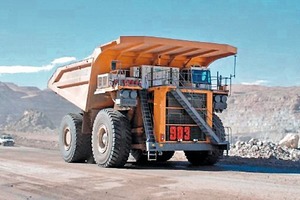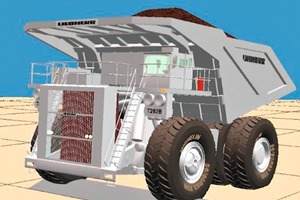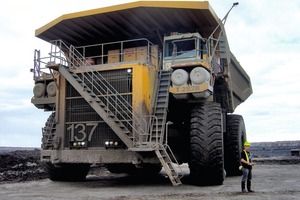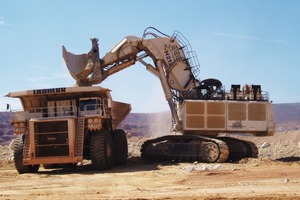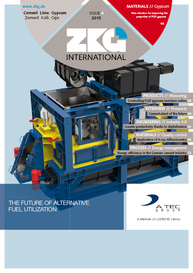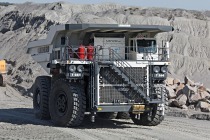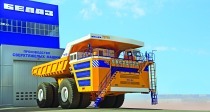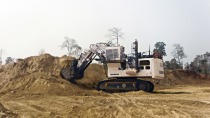Software helps to reduce mining truck weight
Solutions from Siemens PLM Software LMS Virtual. Lab are helping mining machinery manufacturer Liebherr, based in Bulle/Switzerland in its search for design alternatives: by running complete vehicle simulations, it has been able to increase the payload of its TC282 C mining truck with a minimum of time and effort. Thus, Liebherr has succeeded in reducing the overall weight of the giant truck, so allowing an increase in payload. To meet rising demand for metals, mining trucks are required to transport ever higher loads of these valuable raw materials (Fig. 1).
Instead of relying on physical models, the Swiss company took a different approach to the optimization process: Using LMS Virtual.Lab simulation software, it was able to combine all the designs of the individual groups of engineers working on the project to create a single cohesive overall model. Siemens PLM Software generated a dynamic multibody simulation model which integrated the mining truck’s components and units as multibody elements complete with their geometric and material properties.
The technical challenge posed here lay in the truck’s design, which had to allow efficient operation under even the toughest of application conditions and in different types of terrain. LMS Virtual.Lab reconstructed the mining truck’s behavior under different loads, allowing the engineers to estimate the efficiency of the truck components and identify potential problem areas. The simulations were evaluated using a finite element analysis. On the basis of the test results, the engineers were able to implement improvements to truck components and their mechanical design in the model.
Following the first simulation runs, multibody loads for the final design were imported into the LMS Virtual. Lab durability software, with a view to also determining the fatigue life of crucial truck components.
The LMS Virtual.Lab software is capable of rapidly simulating different terrain conditions and integrating them into a multibody model (Fig. 2)
Outlining the benefits of the software, the Head of the Liebherr Group’s Mining Truck Analysis and Simulation Division Dr. Vladimir Pokras explained: “We were able to find alternative designs which would have been highly laborious to determine using physical models. The ability to quickly integrate additional details into the model means that we can generate multibody models more quickly and with less risk of error than if we had to start from scratch again every time”.
//www.plm.automation.siemens.com" target="_blank" >www.plm.automation.siemens.com:www.plm.automation.siemens.com

